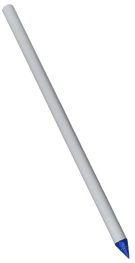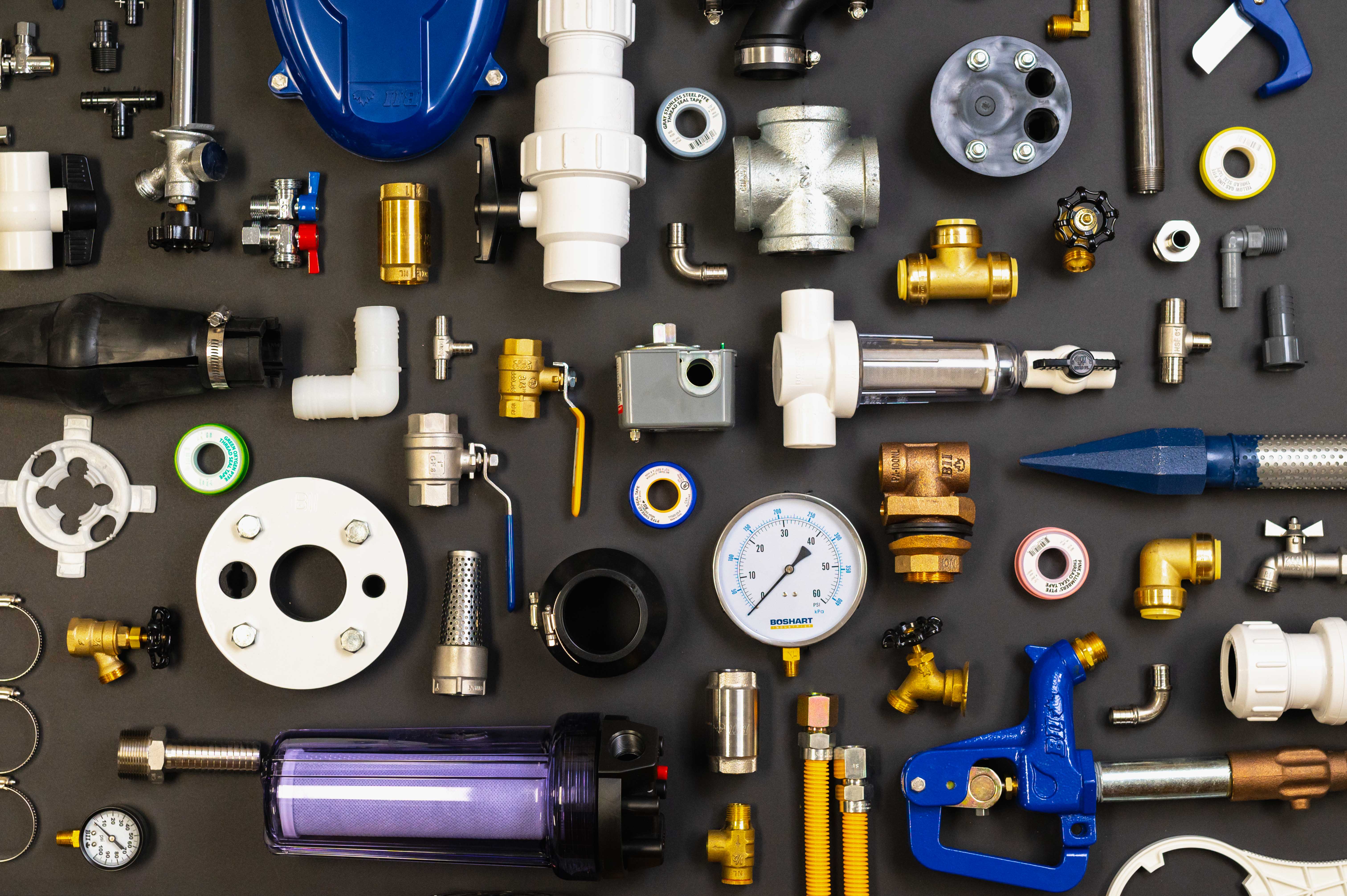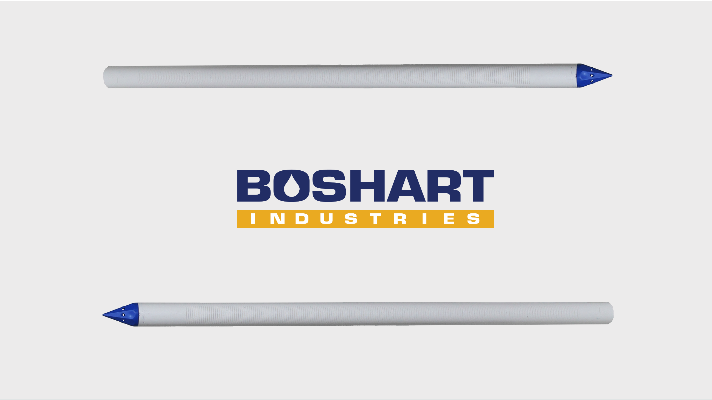What is the purpose of a well point? Commonly referred to as Sand Points, Drive Points or Drive Well Points, well points are driven deep into the ground to find a source of water and bring it to the surface. Since well points are exposed to water, dirt and sand, they can sometimes become clogged, which stops water from being able to travel to where it needs to go.
In this blog, we will provide some tips and tricks on how to unclog your well point, depending on the situation as to why it has become clogged. Keep in mind: every case is different, these are just a couple of things to try before going to the last resort of pulling the well point up and replacing it.
Well Points 
Well points are a piece of pipe that contain openings that allow the water to enter. Since the openings are smaller, it also keeps the water-bearing formation in its place. Well points are available in different designs including PVC well points and PVC well screens. You would usually find well points in Residential, Irrigation or Water system applications, since they are mainly used with sand or gravel.
Well points are used in rural locations where there is no filtration, they are however not a replacement for a regular well.
Jet pumps, hand pumps and drive couplings are paired with the well point to help them travel deep through the soil. The well point continues to drive into the ground, passing clay and soil until it reaches the water.
them travel deep through the soil. The well point continues to drive into the ground, passing clay and soil until it reaches the water.
For more information on Well Points, check out our blog: Well Points: What are they?
Unclogging Your Well Point
There are two common reasons why the screen on your well point might be clogged. First: the screen is plugged with sand or silt and second, in areas where iron is present, iron build up could cause the screen to get clogged over time.
Well Point Clogged because Sand or Silt
If your well point is driven into very fine sand or silt, when the water flows into the point it makes the sediment settle against the well point, clogging the screen.
To fix this issue, we suggest back washing it. You will need to have a supply of water and a way to pump it through the well point. By pumping the water back down and through the screens, it may dislodge some of the sand and silt, moving it away from the screen and allowing the groundwater to successfully flow through the screen again. This is most likely not a permanent solution as the sediment will possibly plug the screen again over time. In some cases, you may have to drill a new well point if there back washing is unsuccessful.
Well Point Clogged because of Iron Build Up
It you suspect that your well point is clogged due to iron build up, you may be able to remove it with muriatic acid. By pouring the muriatic acid down the well point and leaving it, the iron build up will reduce and unclog your well point.
Cautions with Removing Iron on a Well Point
It is highly recommended that you have a qualified water well professional that has experience working with well points use the muriatic acid on your well point. They will be able to use the acid safely and will ensure that the acid is eliminated from the system before using it again. Once a few hours have passed after pouring the acid into the well point, you can start to pump a large amount of water to clear the acid before attaching the well point back to the system.
General safety practices should be followed when working with muriatic acid. Muriatic acid could cause burns to the skin and eyes. You should always wear protective clothing including gloves, glasses, long sleeves and long pants.
Like mentioned before, every situation is different. In some situations these solutions will work and other times, they will not. However, it is best to first troubleshoot the problem on your own before hiring a professional to assist you.
In Summary:
Well points are an excellent way to provide water in remote locations, especially if you are using it for your rural or country home for a primary or secondary source of water. As we know: well points aren't perfect, and can sometimes get clogged. By trying either of these suggestions, you may be able to have water flowing once again in a well that was formerly clogged.
Have further questions about this subject?

Head over to Boshart's Knowledge Base: technical product information, guidelines, and more.





SHARE